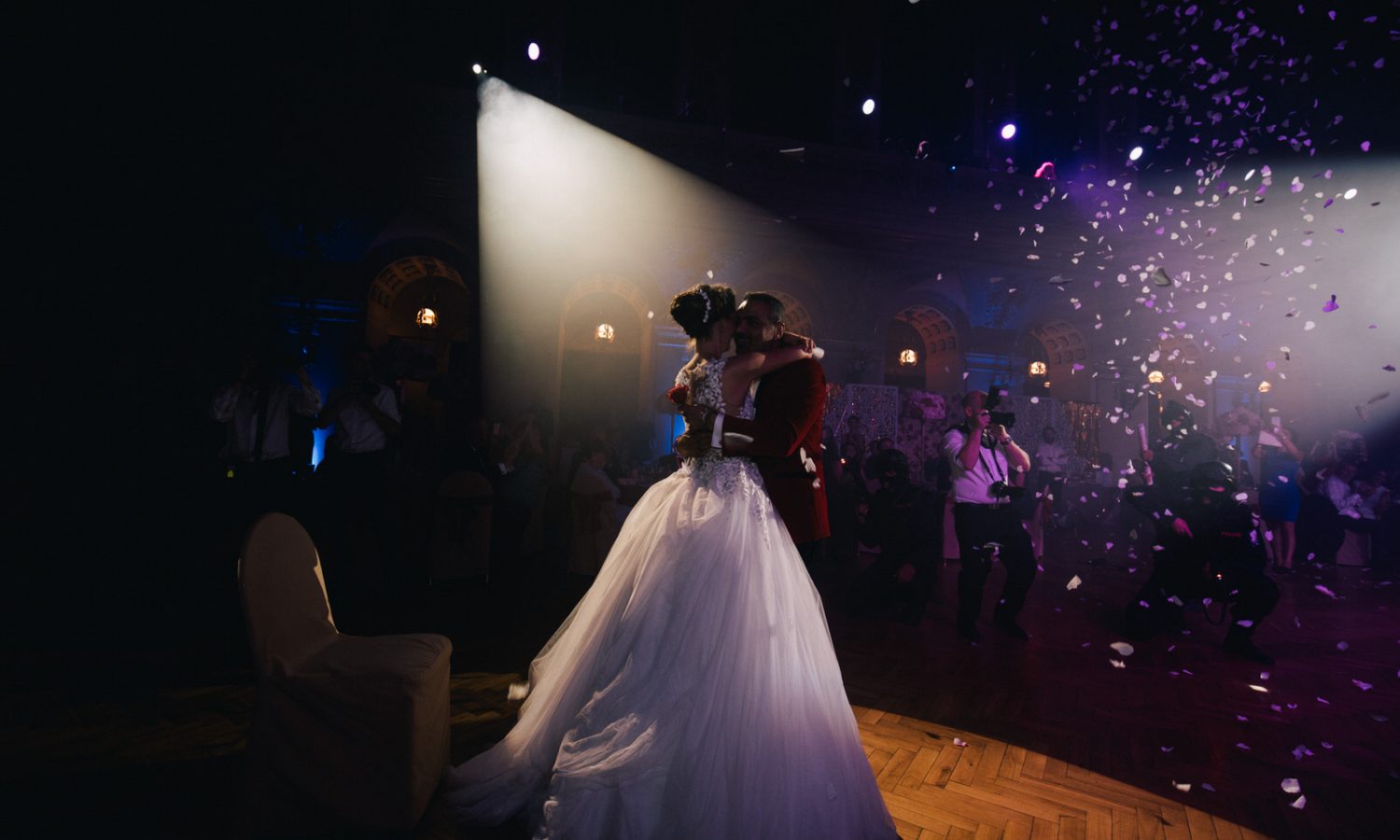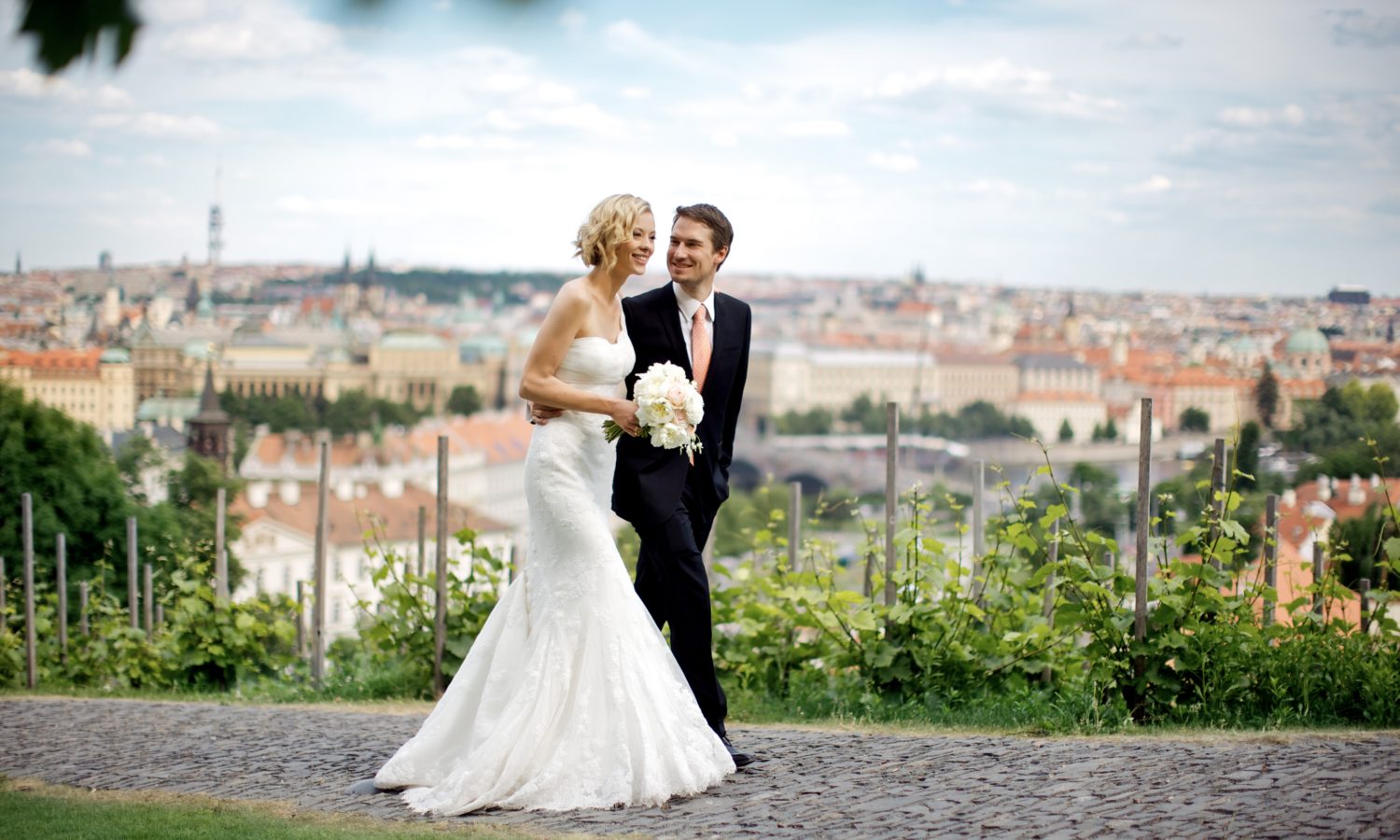About
The grounds of Schloss Hof extend over more than 50 hectares of land, in eastern Lower Austria. The magnificent ensemble with its lordly palace, beautiful Terraced Garden and idyllic Manor Farm was laid out in the late 1720s as an impressive country home and hunting lodge for Prince Eugene of Savoy. The architect, Johann Lucas von Hildebrandt, was able to draw on practically unlimited resources. His employer, after all, was not only one of the most successful generals but also one of the wealthiest men of his time. Hundreds of labourers, craftsmen and gardeners spent years fullfilling Hildebrandt’s plans. By 1730 most of the work was completed and resulted in one of the most impressive baroque total pieces of art.
Habsburg ownership
The unique beauty of Schloss Hof was not lost on Empress Maria Theresa. In 1755 she acquired the complex from Prince Eugene’s heir and presented it as a gift to her husband, Emperor Francis Stephen. The new owner fully appreciated the value of his new possession, and until his death in 1765, the Emperor spent many weeks at Schloss Hof every year between spring and late autumn. Here he went deer-stalking or spent time with his immediate family – his wife, Maria Theresa, and their numerous children – “to relieve his soul of the burden of ruling” as it says on an inscription on the Palace façade facing the garden. However the strict rules of the Vienna court ceremonial prescribed the presence of almost 200 servants at all times, resulting in lack of space to accommondate all of them at Schloss Hof. This led Maria-Theresia in 1770 (meanwhile widowed) to add another storey to the building.Therefore imperial court architect Franz Anton Hillebrandt decorated the façade and the interior in the rich Classicistic style in vogue at the time, thus giving Schloss Hof the appearance it still has today.
Training ground for the Imperial and Royal Army
The generations of Habsburg emperors and archdukes that followed showed little interest in their Marchfeld summer residence and increasingly allowed nature to do its destructive work. In the late 19th century Emperor Francis Joseph turned the complex into a military training ground, and the already heavily damaged imperial splendour almost entirely disappeared. In addition to the wind, weather and weeds, imperial soldiers quartered here along with their horses did little to protect the Baroque Gesamtkunstwerk. But at least the Emperor had been prudent – or thrifty– enough to first remove the furniture. Some 200 wagon-loads of art objects and other furnishings rolled off to the imperial warehouses in Vienna, where for the following two decades the material would provide a rich source for decorating other imperial palaces.
Threatened by decay
Following the collapse of the Austro-Hungarian Empire, the Republic of Austria used some of these precious items for decorating government buildings and embassies. Political upheaval had little effect on Schloss Hof itself, which remained under military administration. Only the uniforms of the soldiers changed: the Imperial and Royal Cavalry was followed by soldiers of the Austrian Federal Army, then the German Wehrmacht moved in, and in 1945 soldiers of the occupying Red Army took over the Palace for ten years. The open wounds caused by disinterest, inappropriate use and, not least, two world wars were closed only inadequately after 1955. While there was no lack of either good ideas or good will for a complete renovation, financing remained elusive. The three components were finally available in 2002 when a society founded solely for the revitalization, undertook the needed measurements for the restoration of this precious monument of Austrian culture heritage.
New splendour
In May 2005, the restoration work was far enough along that the ensemble could be opened to visitors.Austria’s largest rural palace complex had finally been restored to its former splendour, original dignity and intended purpose as a venue for magnificent celebrations.Schloss Hof is again open to would-be time-travellers seeking to explore the world of Prince Eugene and Empress Maria Theresa in a place where they once lived and breathed and to become acquainted with the Baroque lifestyle in a manner that is fascinating, exciting, and far more real than any museum experience.
Wedding ceremony
Symbolic wedding ceremonies are available anytime and can be arranged in the garden, Marchfeld, Orangerie or Schloss premises.
Wedding reception
Wedding receptions can take place in the Marchfeld (more rustic), Orangerie or elegant Festsaal. Catering needs to be arranged at the Schloss Hof.
Lodging
The hotel next to the Schloss Hof can accommodate about 40 people. Vienna is approx. 30 min driving, as well as Bratislava.



















